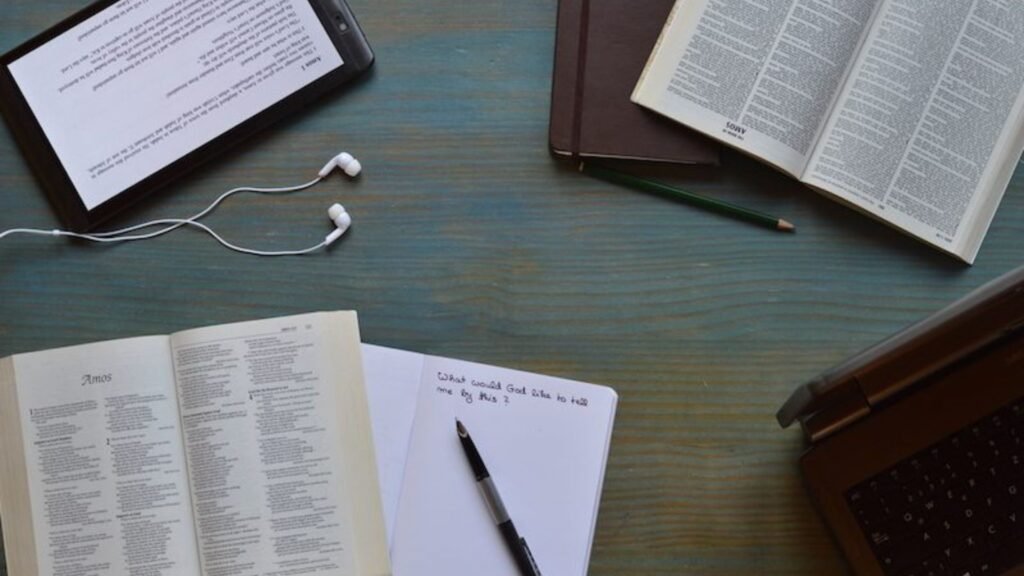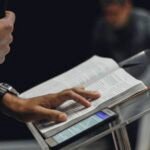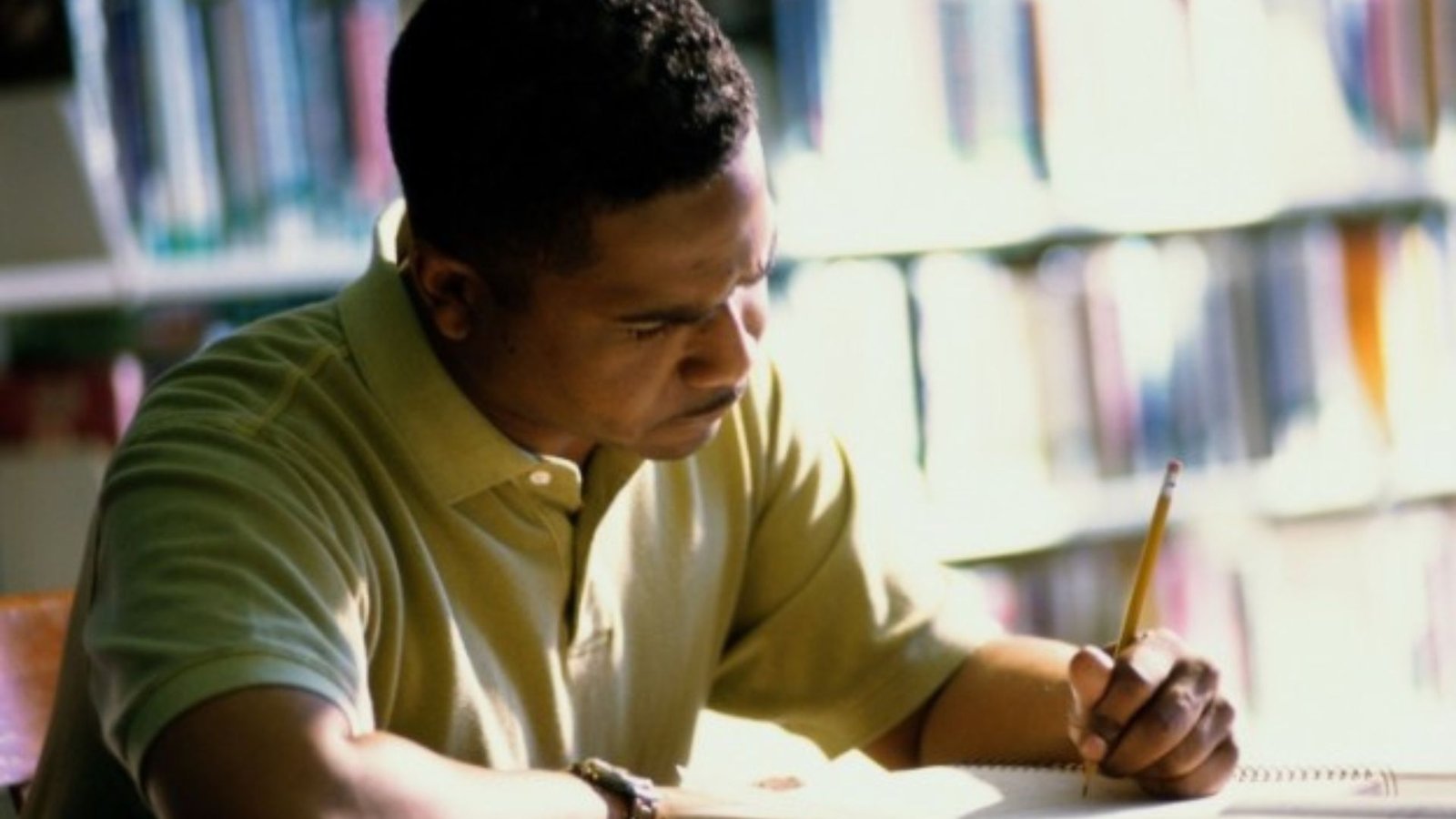When it comes to delivering a powerful message, preparation is key, and that’s where effective methods for sermon rehearsal come into play. Practicing your sermon not only boosts your confidence but also ensures that your message flows smoothly, engaging the congregation from start to finish. In this article, we’ll go over the best methods for sermon rehearsal that will help you prepare thoroughly while maintaining a natural delivery.
Practice Out Loud
One of the most effective methods for sermon rehearsal is simply practicing out loud. Speaking your sermon out loud helps you get comfortable with the words, phrases, and transitions. When you rehearse verbally, you can easily catch areas where you might stumble or where your message isn’t flowing as smoothly as you’d like. Speaking aloud also helps with timing, allowing you to adjust your pace so you don’t rush or drag out certain points.

Use a Mirror for Self-Assessment
Another helpful method for sermon rehearsal is to practice in front of a mirror. This gives you the chance to evaluate your body language, facial expressions, and gestures. Engaging an audience involves more than just words; your physical presence plays a huge role. By watching yourself as you practice, you’ll become more aware of distracting habits, such as excessive hand movements or poor posture, and can adjust accordingly.
Record Yourself
Recording yourself is a fantastic way to analyze your delivery. One of the best methods for sermon rehearsal, recording allows you to hear how you sound and assess the tone, volume, and clarity of your message. You can also watch for any filler words or awkward pauses that might need improvement. By listening to the recording, you can refine your message and identify areas where you might need to slow down or add emphasis.
Practice with Notes or a Full Script
When preparing your sermon, it’s important to decide whether you’ll use notes, a full script, or go completely off-script. Each method has its pros and cons. Rehearsing with notes allows you to stay organized without sounding too scripted, while a full script gives you complete control over every word. Practice whichever method works best for you, but make sure to rehearse enough that your delivery feels natural and engaging.
Rehearse in the Venue
One of the most practical methods for sermon rehearsal is practicing in the actual venue where you’ll deliver your message. This gives you a sense of the space, acoustics, and audience dynamics. Rehearsing in the venue can also help you get used to using any microphones or visual aids, allowing you to iron out any technical issues before the real sermon.
Time Yourself
Timing is crucial in delivering an impactful sermon. Rehearsing with a timer ensures that you don’t go over or under the allotted time. One of the key methods for sermon rehearsal is to practice with the actual time limits in mind. This will help you adjust your pacing, cut unnecessary sections, or expand on important points if needed, ensuring that your sermon stays within a reasonable timeframe.
Practice in Front of a Small Audience
If possible, gather a small group of trusted friends or family members to practice your sermon. Getting feedback from others is one of the most effective methods for sermon rehearsal. Your practice audience can provide constructive criticism, letting you know what parts of the sermon are impactful and which areas may need more work. It’s also a great way to practice speaking in front of people and manage any nerves.
Break Your Sermon into Sections
Another helpful method for sermon rehearsal is to break your sermon into sections and practice each part separately. This approach makes it easier to focus on specific points and transitions. By rehearsing in sections, you can ensure that each part of the sermon is strong and well-paced. This method also allows you to memorize key points more effectively, helping you stay on track during the actual delivery.
Visualize Your Delivery
Visualization is a powerful tool when preparing for a sermon. One of the lesser-known but useful methods for sermon rehearsal is imagining yourself delivering the message. Picture yourself on stage, speaking confidently to your congregation. Visualizing the flow of your sermon can reduce anxiety and help you mentally prepare for the big day.
Conclusion
Practicing your sermon is essential to delivering an engaging and impactful message. By using a combination of these methods for sermon rehearsal, you’ll feel more confident, prepared, and ready to connect with your audience. Whether it’s practicing out loud, using a mirror, or rehearsing in the venue, these strategies will help you refine your delivery and ensure your message resonates with your congregation.











